Home>Garden Essentials>When To Seed Grass In Maryland
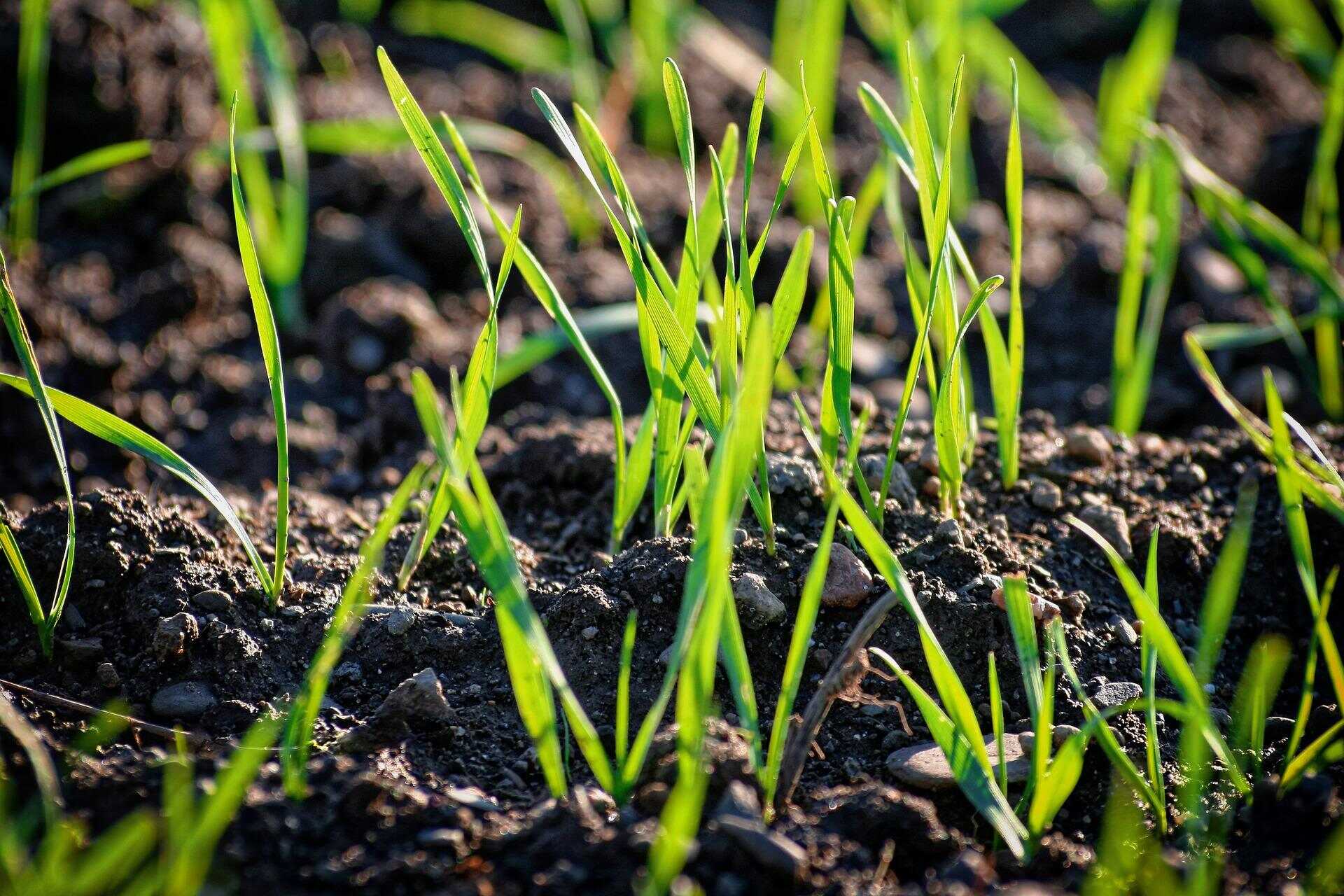

Garden Essentials
When To Seed Grass In Maryland
Modified: October 18, 2024
Looking to start a garden in Maryland? Find out the best time to seed grass and prepare your garden for optimal growth and success.
(Many of the links in this article redirect to a specific reviewed product. Your purchase of these products through affiliate links helps to generate commission for Storables.com, at no extra cost. Learn more)
Introduction
Welcome to the world of gardening in beautiful Maryland! If you’re a homeowner or a gardening enthusiast in this lovely state, you know that having a lush and healthy lawn is a thing of pride. One key aspect of achieving a vibrant lawn is through proper grass seeding.
In this article, we will explore the best times to seed grass in Maryland, taking into consideration the unique climate and growing conditions of the region. We will also discuss the types of grass that thrive in Maryland and provide valuable tips and techniques for successful grass seeding.
By the end of this article, you will have the knowledge you need to plan and execute your grass seeding project effectively, resulting in a stunning and enviable lawn.
Key Takeaways:
- Choose the right grass and time for Maryland: Opt for Tall Fescue or Kentucky Bluegrass in early fall for a vibrant lawn. Warm-season Zoysia or Bermuda grass thrives when seeded in late spring or early summer.
- Prepare and care for success: Clear, test, and amend the soil before seeding. Use hand seeding, overseeding, hydroseeding, or sodding techniques. Provide consistent moisture, mow at the right height, and protect the area for healthy growth.
Read more: When To Plant Grass Seed Maryland
Understanding the Climate in Maryland
Before delving into the specifics of when to seed grass in Maryland, it is important to understand the climate of the region. Maryland experiences a diverse climate, with variations from the eastern shore to the western region of the state. Generally, Maryland has a mix of humid subtropical and humid continental climates, resulting in hot and humid summers and cool to cold winters.
The eastern part of the state, including areas near the Chesapeake Bay, tends to have milder winters and warmer summers compared to the western part of Maryland, which experiences colder winters and slightly cooler summers. It is essential to consider these temperature variations when planning your grass seeding project.
Precipitation patterns also play a crucial role in Maryland’s climate. The state receives an average annual rainfall ranging from 35 to 45 inches, with slightly higher amounts in the western mountains. Summers are generally wetter, while winters can be relatively drier.
Understanding the climate of Maryland is crucial for determining the best times to seed your lawn. It ensures that the grass has optimal conditions for germination and growth.
Next, let’s explore the types of grass that thrive in Maryland’s climate.
Types of Grass Suitable for Maryland
Maryland’s climate provides a favorable environment for several types of grass that are well-suited to the region’s conditions. Here are some of the top grass varieties to consider when seeding your lawn in Maryland:
- Tall Fescue: This cool-season grass is a popular choice for Maryland lawns. It can tolerate a wide range of soil conditions, including both sunny and shady areas. Tall fescue has good drought resistance and maintains its green color throughout the year.
- Kentucky Bluegrass: Another cool-season grass, Kentucky bluegrass, thrives in Maryland’s cooler climate. It establishes a dense, lush lawn and has excellent wear tolerance. Kentucky bluegrass prefers full sun but can handle some shade.
- Zoysia Grass: Zoysia grass is a warm-season grass that performs well in Maryland’s hot and humid summers. It forms a thick mat of grass and has excellent drought tolerance. Zoysia grass prefers full sun but can tolerate some shade.
- Bermuda Grass: Similar to Zoysia grass, Bermuda grass is also a warm-season grass that thrives in Maryland’s climate. It is known for its excellent heat and drought tolerance. Bermuda grass prefers full sun but can tolerate some shade.
These grass varieties have proven to be successful in Maryland due to their adaptability to the climate and growing conditions. When choosing the right grass type for your lawn, consider factors such as shade levels, maintenance requirements, and the desired appearance of the lawn.
Now that we have explored the suitable grass varieties, let’s dive into the best time to seed your lawn in Maryland.
Choosing the Right Time to Seed
Timing is crucial when it comes to seeding grass in Maryland. The ideal time to seed your lawn depends on the type of grass you have chosen and the climate in your specific region of the state.
For cool-season grasses like Tall Fescue and Kentucky Bluegrass, the best time to seed is in the early fall, typically from late August to mid-September. During this period, the soil temperatures are still warm, which promotes successful germination, while the cooler air temperatures reduce stress on the young seedlings.
If you choose to seed cool-season grasses in the spring, aim for early spring when the soil temperatures start to rise, but before the hot summer temperatures arrive. This allows the grass to establish a strong root system before facing the heat stress of summer.
On the other hand, warm-season grasses like Zoysia Grass and Bermuda Grass should be seeded in late spring or early summer when the soil temperatures have warmed up significantly. These grasses thrive in the warm summer months and need the high temperatures to germinate and establish.
It is essential to consider the specific grass type, climate, and growing conditions in your area when determining the best time to seed your lawn. Consulting local experts or contacting your county’s Cooperative Extension Service can provide you with valuable information and recommendations tailored to your region.
Now that you understand the ideal timing for seeding, let’s move on to preparing the soil for successful grass growth.
Preparing the Soil
Before you start seeding your lawn in Maryland, it is important to prepare the soil properly. A well-prepared soil provides the ideal environment for grass seed germination and root development. Here are some steps to take when preparing the soil:
- Clear the area: Remove any existing grass, weeds, and debris from the area where you plan to seed. You can use a rake or a sod cutter to eliminate the unwanted vegetation.
- Test the soil: Conduct a soil test to determine the pH level and nutrient content of the soil. This will help you determine if any amendments are needed to create optimal growing conditions for your grass.
- Amend the soil: Based on the soil test results, add any necessary amendments such as lime to adjust the pH level or organic matter to improve soil structure and nutrient retention.
- Loosen the soil: Use a garden tiller or a rake to loosen the top few inches of soil. This helps break up compacted soil and provides a loose, crumbly texture that allows the grass roots to penetrate easily.
- Level the area: Smooth out any uneven areas in the soil by raking or using a garden roller. This ensures an even surface for seeding and prevents water pooling.
- Water the soil: Before seeding, thoroughly water the soil to ensure it is evenly moist but not overly saturated.
By taking the time to properly prepare the soil, you are setting the foundation for a healthy and thriving lawn. A well-prepared soil promotes optimal grass growth and helps prevent issues such as poor drainage and nutrient deficiencies.
Now that the soil is ready, let’s move on to the different techniques you can use to seed your lawn effectively.
The best time to seed grass in Maryland is in the late summer or early fall, between mid-August and mid-September. This allows the seeds to establish before the winter and gives them a head start for the following spring.
Read more: When To Plant Grass In Maryland
Seeding Techniques
When it comes to seeding your lawn in Maryland, there are a few different techniques you can use to achieve successful results. The technique you choose may depend on the size of your lawn and personal preference. Here are some popular seeding techniques:
- Hand Seeding: This is the simplest and most cost-effective method. You can use your hand or a spreader to evenly distribute the grass seed over the prepared soil. Be sure to follow the recommended seeding rates specified on the seed packaging.
- Overseeding: Overseeding is the process of distributing grass seed over an existing lawn to fill in thin or bare spots. It helps rejuvenate the lawn and improve its overall appearance. Before overseeding, mow the existing grass short and remove any debris. Then, use a spreader or a handheld seeder to evenly distribute the grass seed.
- Hydroseeding: Hydroseeding involves spraying a mixture of grass seed, mulch, fertilizer, and water onto the soil. This technique is often used for large areas or areas with challenging access. Hydroseeding provides good seed-to-soil contact and helps retain moisture, promoting quick germination and establishment.
- Sodding: Sodding is the process of laying down pre-grown grass patches or rolls of turf. While it is a more expensive option, sodding provides an instant lawn and eliminates the waiting time for seed germination. Carefully prepare the soil, lay the sod tightly together, and water it thoroughly after installation.
Regardless of the seeding technique you choose, it is crucial to follow proper watering practices to ensure the success of your newly seeded lawn. Adequate and consistent moisture is key for germination and early growth.
Now that you know the different seeding techniques, let’s explore how to care for your newly seeded grass.
Caring for Newly Seeded Grass
Once you have seeded your lawn in Maryland, it is important to provide proper care to help the new grass seedlings establish and thrive. Here are some essential tips for caring for newly seeded grass:
- Watering: Water the newly seeded area regularly to keep the soil moist but not waterlogged. Lightly water the area daily or as needed to prevent the soil from drying out. Be cautious not to water too heavily, as it can wash away the seeds or cause soil erosion.
- Mowing: Avoid mowing the newly seeded grass until it reaches a height of about 3-4 inches. Once it reaches this height, you can mow it to a height of around 2-3 inches. Be sure to use a sharp mower blade and mow in the early morning or late afternoon to prevent stress on the grass during hot periods of the day.
- Fertilizing: Wait until the grass has been mowed a few times before applying any fertilizer. Follow the recommendations on the fertilizer packaging and choose a slow-release or starter fertilizer suitable for new grass seedlings.
- Weed control: Keep an eye out for weeds that may compete with the newly seeded grass for nutrients and space. Hand-pull any weeds that appear, taking care not to disturb the grass seedlings. If necessary, you can use a selective herbicide labeled for use on newly seeded lawns.
- Protection: Protect the newly seeded area from foot traffic and excessive use. Avoid walking or playing on the lawn until the grass is well established and has filled in.
Consistency is key when it comes to caring for newly seeded grass. Providing the right amount of water, mowing at the appropriate times, and being proactive in weed control will help give your new lawn the best chance to grow thick, healthy, and beautiful.
Now, let’s address some common issues and troubleshooting techniques that you may encounter while establishing your Maryland lawn.
Common Issues and Troubleshooting
While growing a lush, green lawn in Maryland can be gratifying, you may encounter some common issues along the way. Here are a few problems you may encounter and some troubleshooting techniques to help you overcome them:
- Poor Germination: If you notice areas of your lawn where the grass seed did not germinate properly, it could be due to insufficient watering, seed depth, or poor soil contact. Ensure that you are watering consistently and providing enough moisture for germination. Additionally, check that the seeds are not buried too deep in the soil and are making good contact with the soil surface.
- Weed Infestation: Weeds can quickly take over a newly seeded lawn. To combat this issue, make sure to remove any existing weeds before seeding. Additionally, consider using a pre-emergent herbicide before seeding to prevent weed seeds from germinating. Hand-pull any weeds that do appear, taking care not to disturb the newly seeded areas.
- Poor Soil Quality: If you notice that your lawn is struggling to grow despite proper care, it may be due to poor soil quality. Consider conducting a soil test to assess nutrient deficiencies or pH imbalances. Based on the results, you can amend the soil with appropriate fertilizers or soil conditioners to improve its quality.
- Grass Diseases or Pests: Maryland lawns can occasionally be susceptible to diseases or pests. Look out for signs of fungal diseases like brown patch or pests such as grubs. If you notice any issues, consult a local gardening expert or a professional to identify the problem and determine the best course of action.
- Uneven Growth: If you notice uneven growth in your newly seeded lawn, it may be due to inconsistent watering or improper seed distribution. Ensure that you are watering evenly and providing enough moisture for all areas of the lawn. Additionally, pay attention to the seeding technique you used to distribute the grass seeds evenly across the soil.
Remember that patience is essential when troubleshooting these issues. It may take some time and experimentation to find the right solutions. Don’t be discouraged – with proper care and attention, you can overcome these challenges and achieve a healthy and vibrant lawn.
Now let’s conclude our discussion on seeding grass in Maryland.
Conclusion
Seeding grass in Maryland is a process that requires careful consideration of the climate, grass varieties, timing, and proper techniques. By understanding the unique characteristics of Maryland’s climate, you can choose the most suitable grass type for your lawn. Whether it’s the cool-season Tall Fescue and Kentucky Bluegrass or the warm-season Zoysia and Bermuda grass, selecting the right grass variety plays a vital role in the success of your lawn.
Timing is key when it comes to seeding. For cool-season grasses, the early fall or early spring is the optimal time, while warm-season grasses should be seeded in late spring or early summer. Ensuring proper soil preparation by clearing the area, testing and amending the soil, and creating a level surface promotes healthy root development and overall grass growth.
Choosing the appropriate seeding technique, such as hand seeding, overseeding, hydroseeding, or sodding, is important for achieving successful results based on the size of your lawn and personal preference. Caring for newly seeded grass involves providing consistent moisture, mowing at the right height, fertilizing at the correct time, and protecting the area from heavy use.
Throughout the process, you may encounter common issues such as poor germination, weed infestation, or uneven growth. By troubleshooting these problems and taking appropriate actions, you can overcome these challenges and nurture a beautiful and resilient lawn.
Remember, creating and maintaining a healthy lawn requires patience, dedication, and proper care. Keep an eye on the changing seasons and adapt your lawn care practices accordingly. With the right knowledge and techniques, you can enjoy a lush and vibrant lawn that adds beauty and value to your Maryland home.
So, roll up your sleeves, grab your tools, and get ready to transform your lawn into a lush oasis that you can enjoy year-round.
Frequently Asked Questions about When To Seed Grass In Maryland
Was this page helpful?
At Storables.com, we guarantee accurate and reliable information. Our content, validated by Expert Board Contributors, is crafted following stringent Editorial Policies. We're committed to providing you with well-researched, expert-backed insights for all your informational needs.
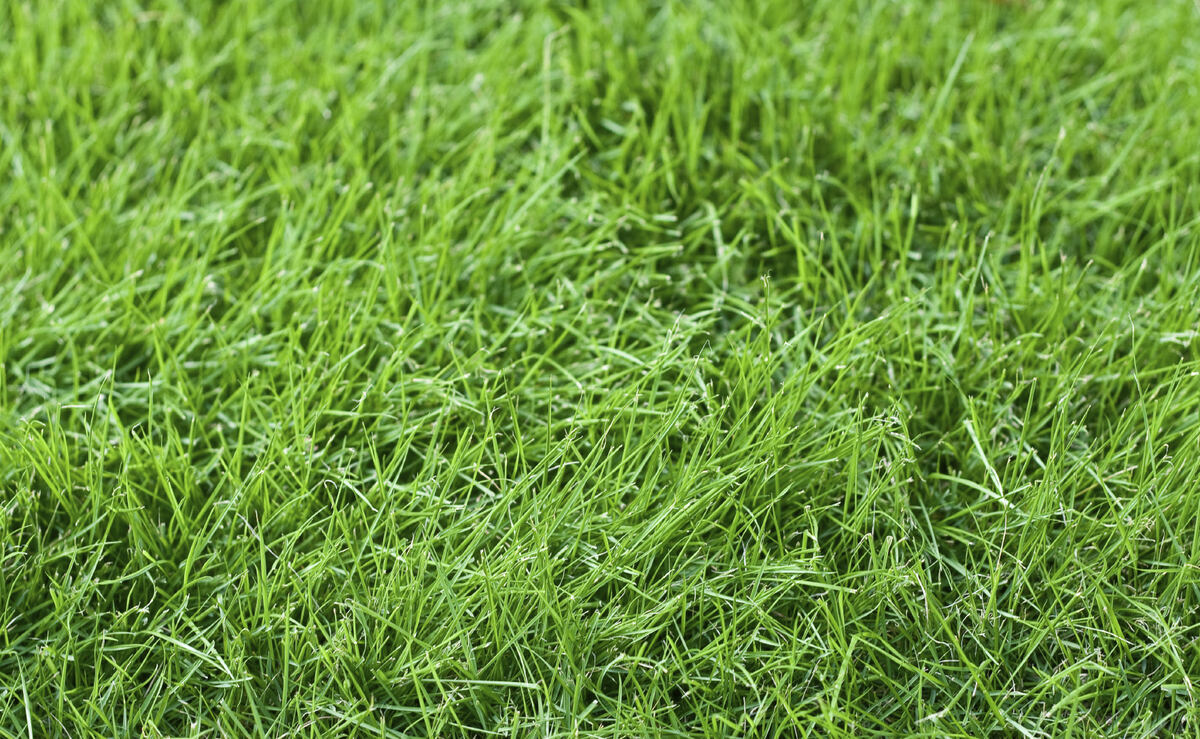


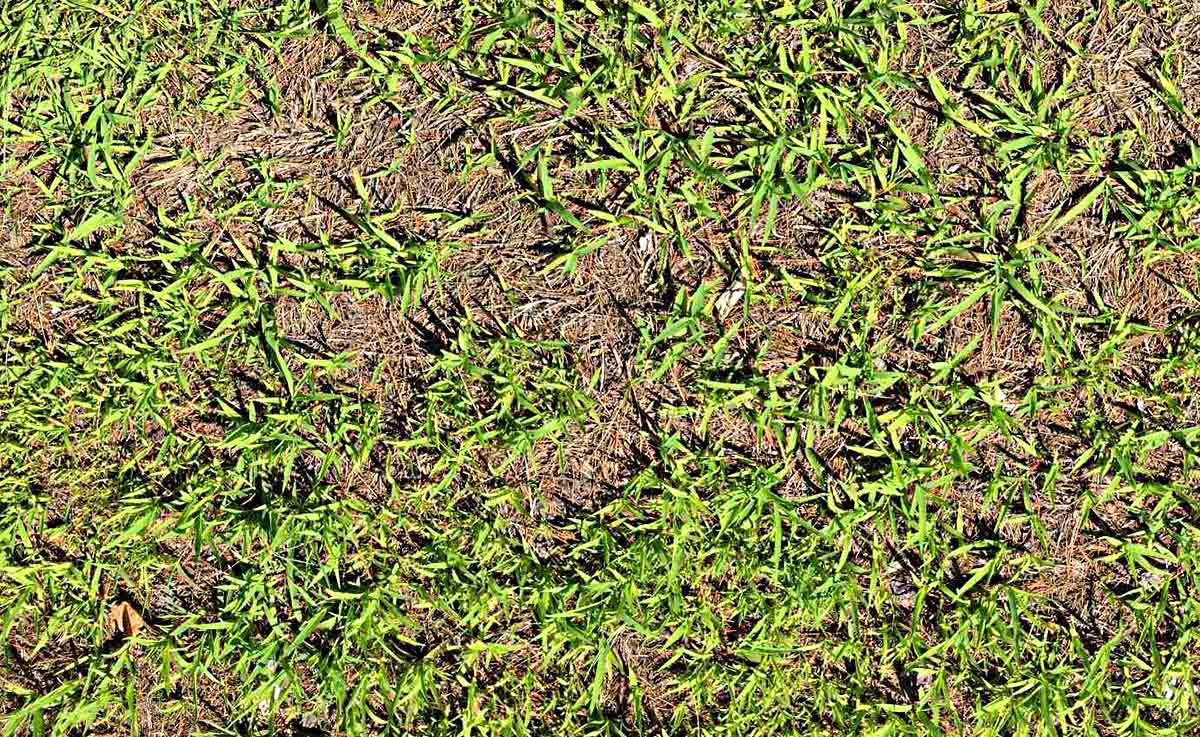



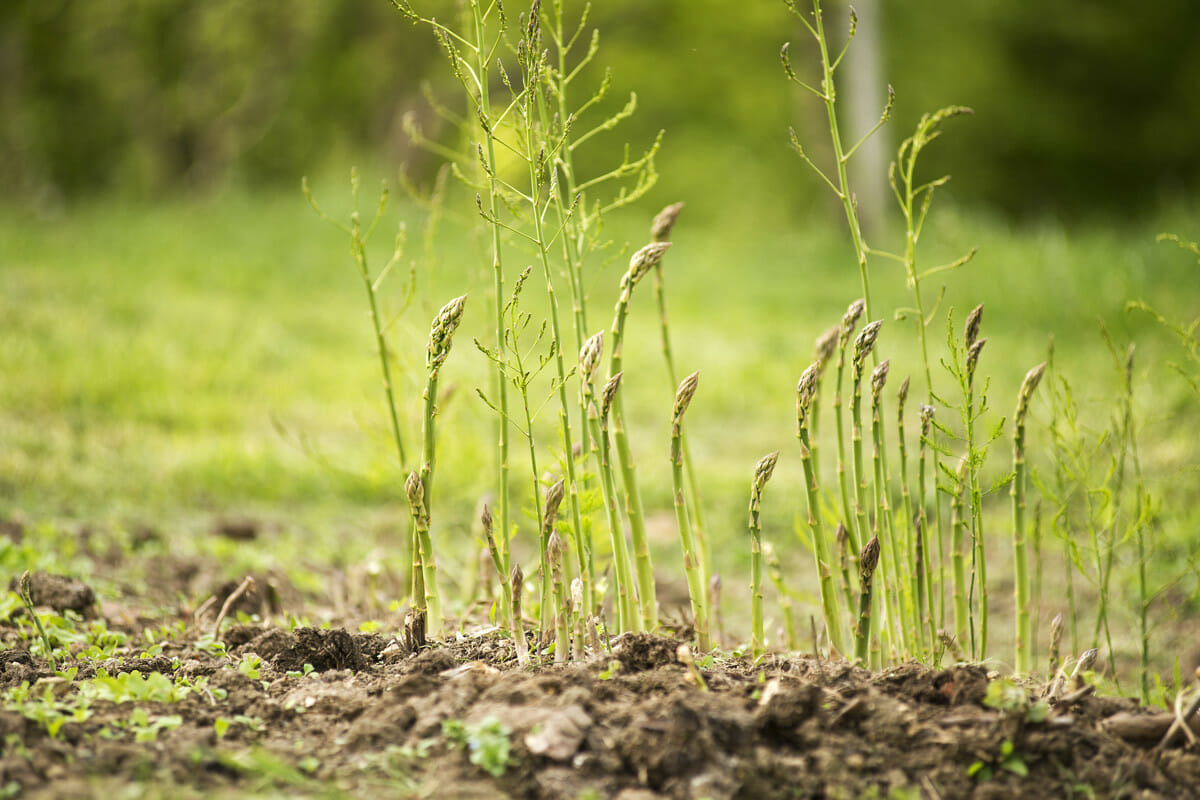

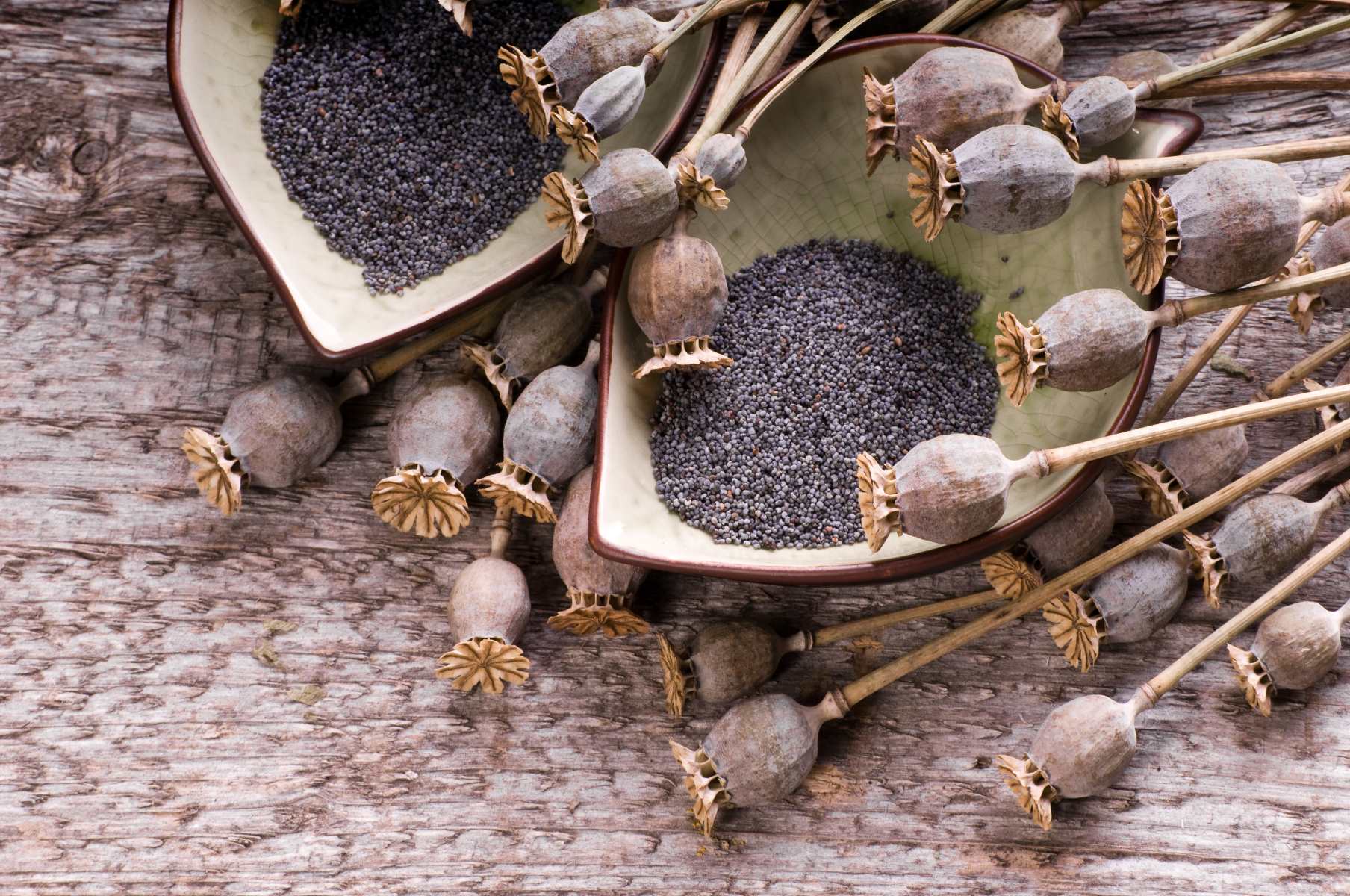
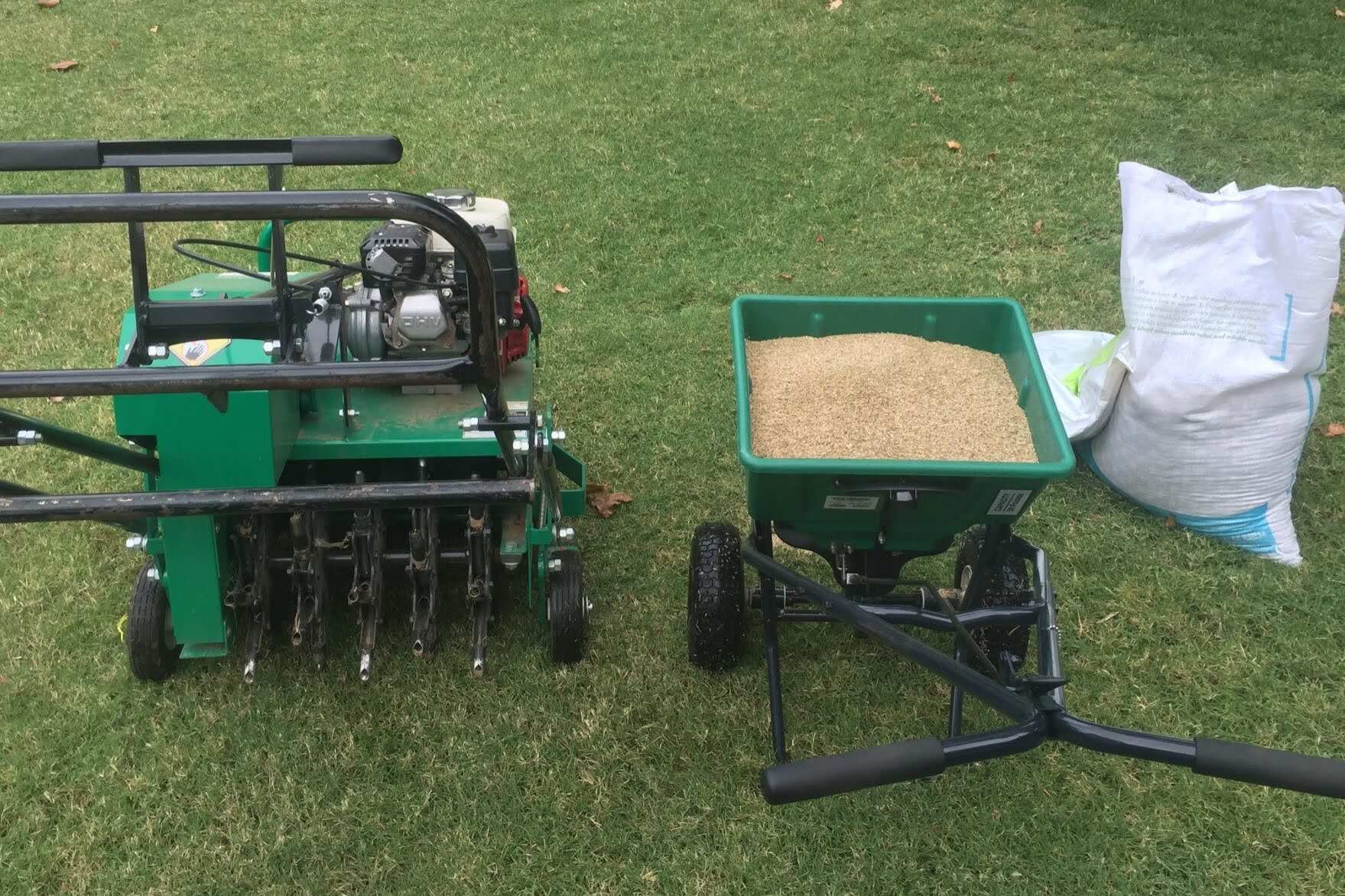




0 thoughts on “When To Seed Grass In Maryland”